Latest research animations
Self-assembly of spider silk
This gut microbe might protect against diabetes and reduce insulin resistance
NEW: One-way hydrogel guides motion of tiny worms!
Latest Posts
No Results Found
The page you requested could not be found. Try refining your search, or use the navigation above to locate the post.
No Results Found
The page you requested could not be found. Try refining your search, or use the navigation above to locate the post.
24

Jupiter’s volcano-powered auroral lights
A collaborative effort used data from NASA’s Juno spacecraft to explain the transient auroras found on Jupiter.
13
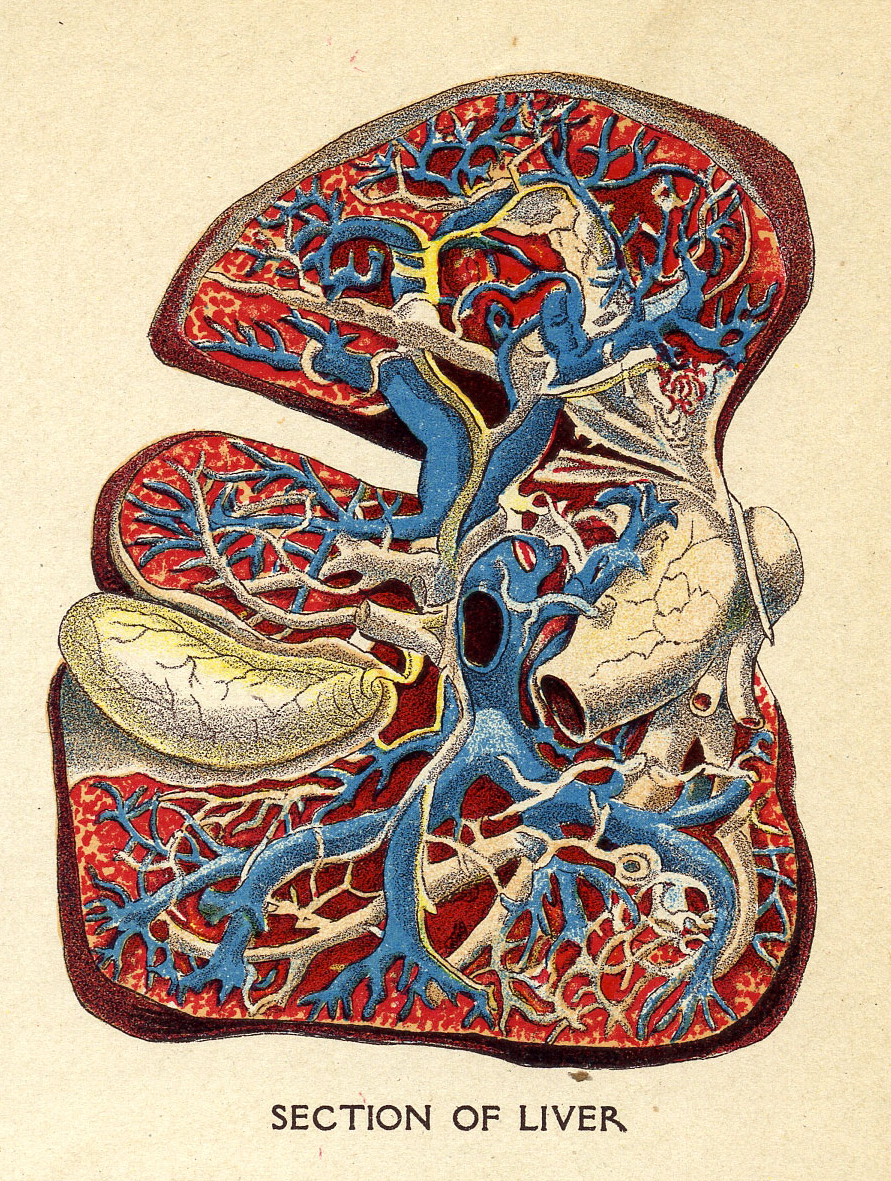
Hepatoma (liver cancer) blocked by a sugar look-a-like
3
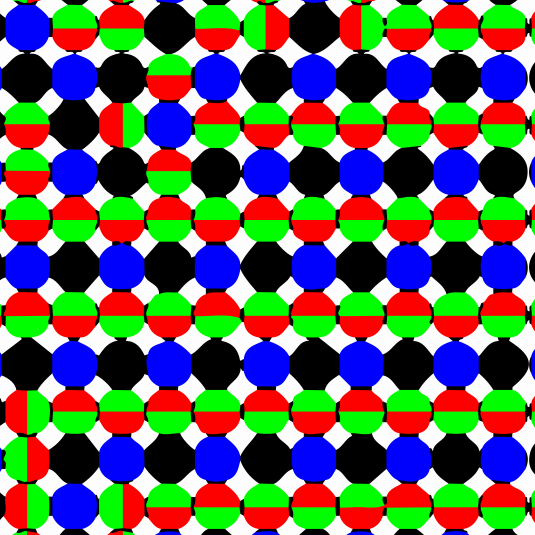
Random movements help color-detecting cells form the proper pattern
Scientists have used a mathematical model to explain why zebrafish cone cells in the eye are arranged in a specific pattern in all individuals.
29
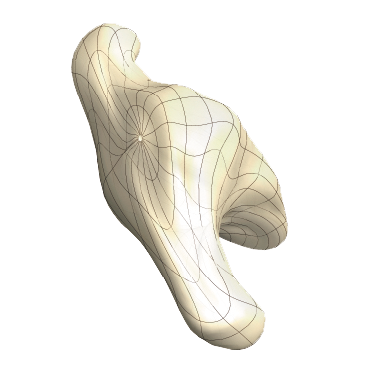
Visualizing chick-brain morphogenesis
25
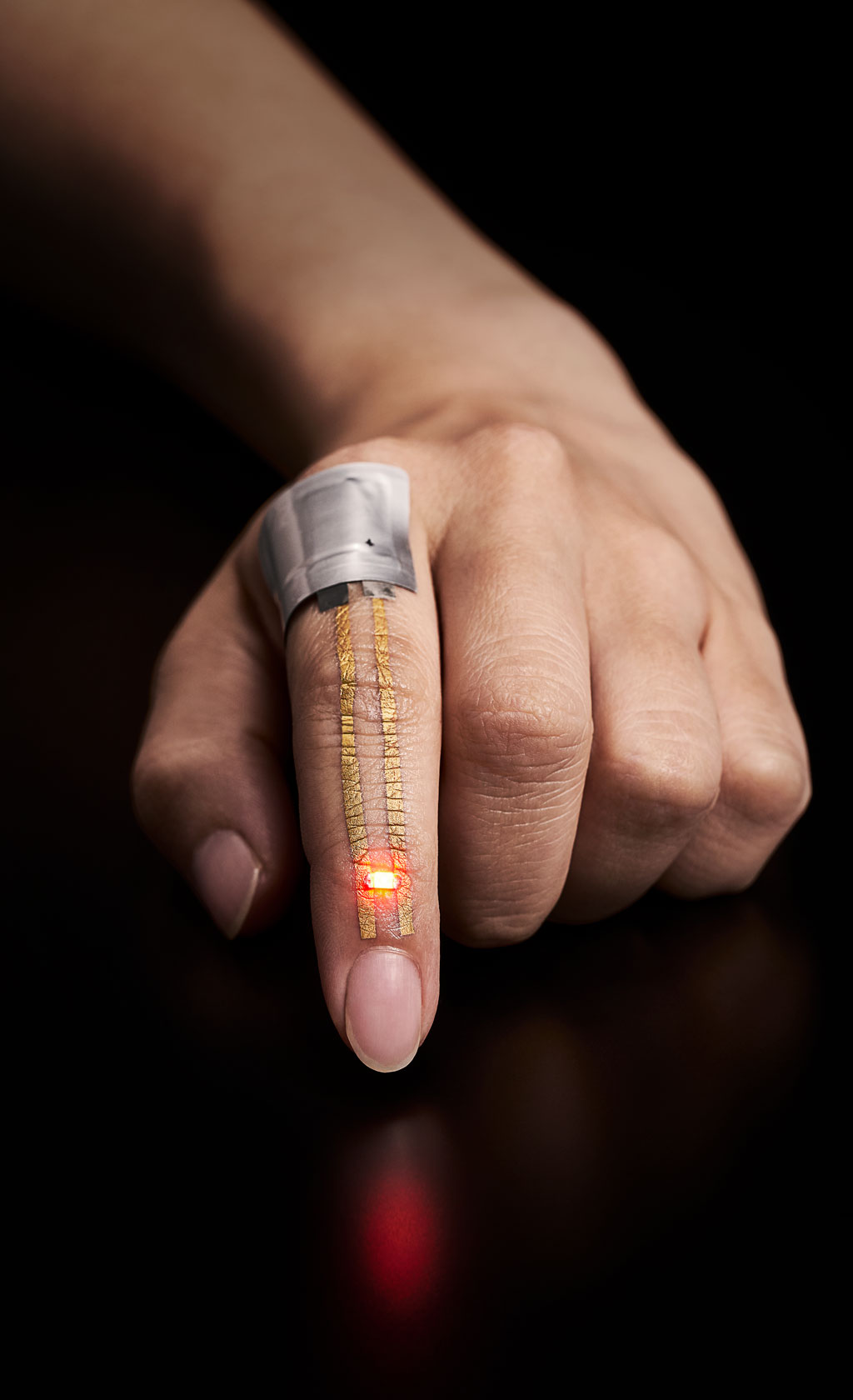
Skin-like wearable electronics
Sensors made from stretchable nanomesh allow skin to breathe naturally while continuously monitoring patient health.
22
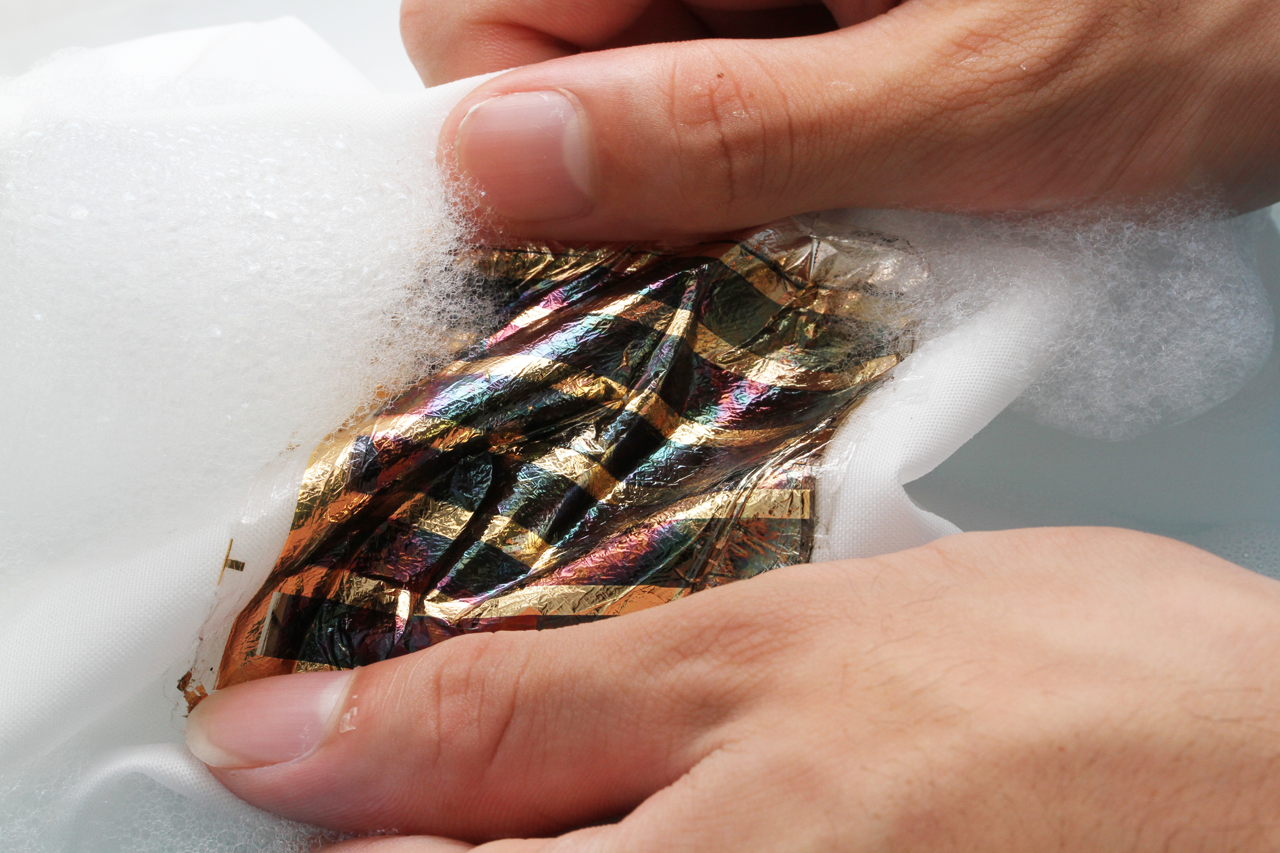
Solar cells you can put in the wash
Scientists have developed ultra-thin photovoltaic solar cells that can be incorporated into fabric and even washed.
